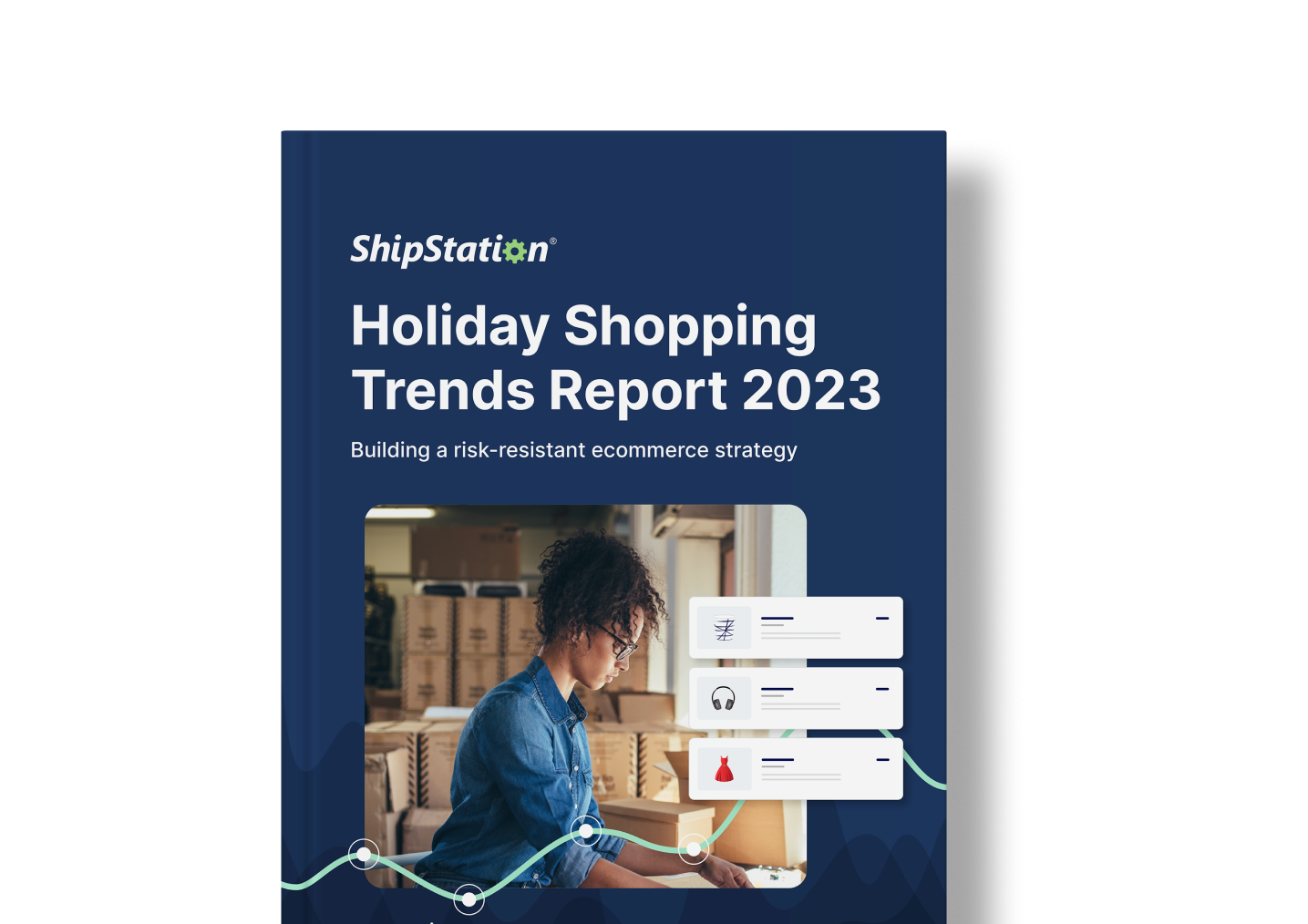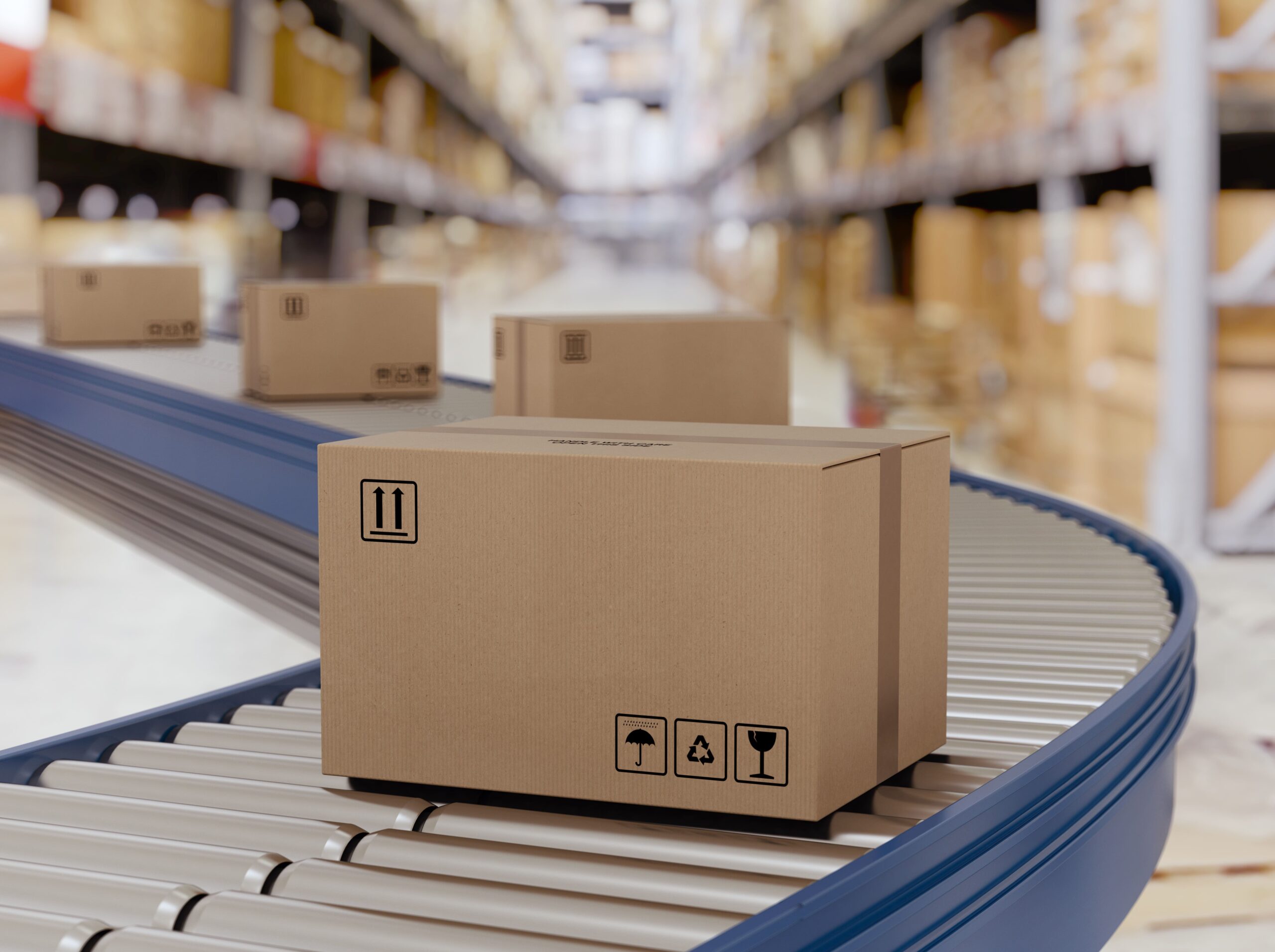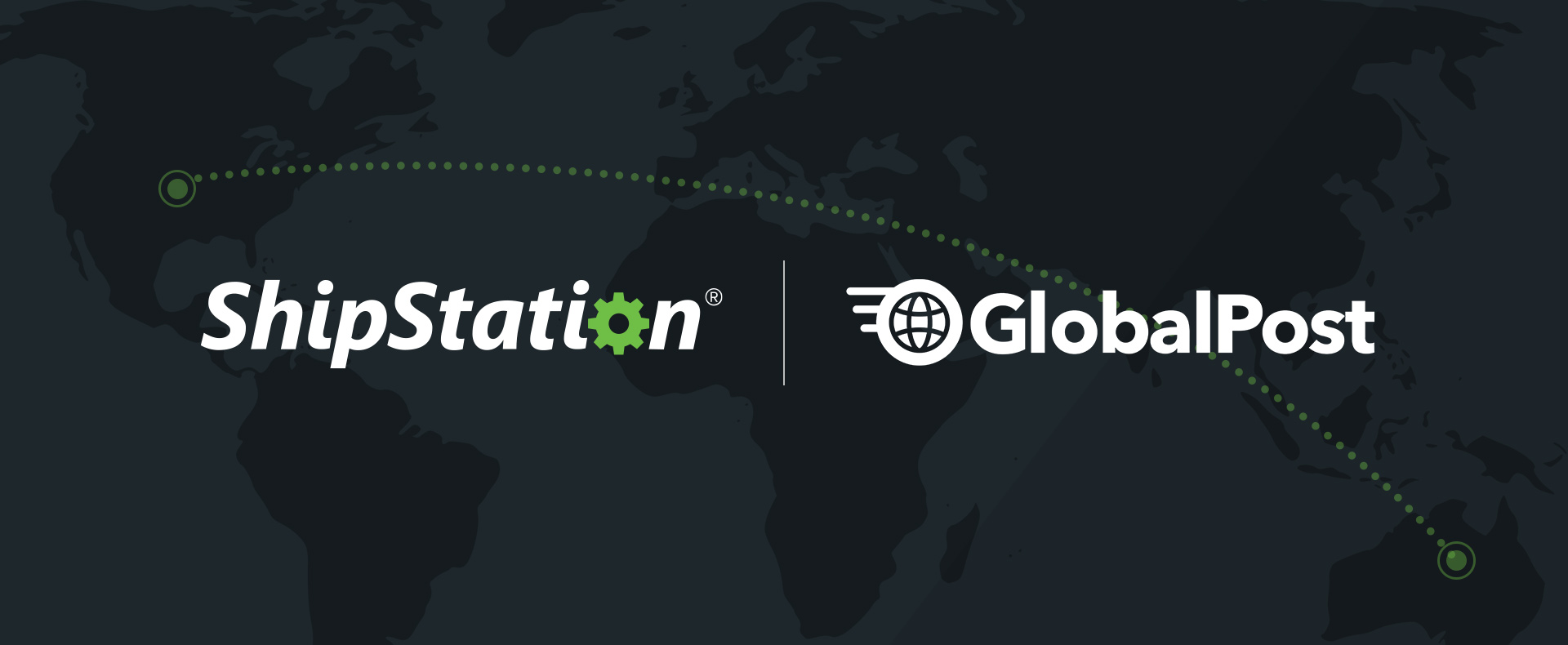Why You Need to Consider Adding Marketplaces to Your Sales Channels in 2018
This post was contributed by Peter Jeffery of Codisto, a multichannel selling tool for merchants on Shopify, Magento, BigCommerce, WooCommerce and Ecwid to connect their online store to Amazon & eBay.
If you’re already reaching customers through your online store, you may wonder why you should even consider selling on marketplaces. After all, you have to play by their rules, hand over a fair slice of your profits, and – whether it’s Amazon or eBay – in many ways you’re effectively sharing the customer with the marketplace.
On top of this there’s the added complexity of managing multiple channels and keeping things in sync and running smoothly that for many sellers puts selling on marketplaces firmly in the “too hard” basket.
If you’re weighing the sales potential of marketplaces against the opportunity cost of spreading your time and resources across multiple sales channels, skipping out on marketplaces might feel like the right call, but have you considered all the angles?
There are more reasons to get your products on marketplaces than sales alone, and in 2018 successful online sellers are those who are reaching out to meet their customers everywhere they shop online.
Here are five reasons why it may be time to re-evaluate marketplaces for your business:
More Customers Start Their Search on Amazon
You’ve probably heard this one before, but in 2017 an estimated 49% of US customers began their product searches on Amazon, compared to just 35% on search engines.
If you’re not already selling on marketplaces this figure alone should be enough to make you take pause, but does it tell the full story? What happens after those searches, and where do people end up buying the most online?
In 2018, Amazon alone is tipped to take in 49% of ecommerce sales followed by eBay with a more modest 7%, with major retailers and brands like Walmart and Apple to take the lion’s share of whatever’s left.
With so many customers starting and ending their purchasing journey on Amazon and eBay, it’s more vital than ever to have a marketplace presence.
People Are Researching More Before They Buy
When looking at the commercial viability of a sales channel, merchants often focus too much on sales and conversion asking, “will I make enough sales here for it to be worth my time?”.
That’s fair, you are in the selling business after all, but the purchase stage is the end point in a long customer journey that begins with discoverability and evaluation and you want your product to be visible every step of the way.
Merchants spend so much time on Google SEO and SEM to get their products in front of as many eyes as possible, but we’ve already determined Google isn’t even half the story. You want your product on as many shelves as possible, and a presence on marketplaces like Amazon and eBay will go a long way to ensuring your products are discoverable for more people.
People Trust Marketplaces for Reviews
Online customers don’t get to put their hands on your products before they buy them, so they’ll look elsewhere when evaluating your product.
Eight out of ten customers say that they will read online reviews before making a purchasing decision. While we all get our reviews from different sources, when it comes to the most trusted sources of online product reviews, Amazon reigns supreme with 80% of consumers finding them to be reliable, with Target the next closest at 67%.
In contrast, reviews published by a brand on their own online store lack the editorial integrity of third-party reviews on marketplaces and review sites. Your customers will seek out reviews for your product, and if your online presence begins and ends at your online store that’s a major red flag for any savvy shopper.
By selling on Amazon and eBay, you’re providing a forum for reviews and even user-generated content (photos and videos) to be posted alongside your product to help customers make informed decisions. Even if they aren’t buying from marketplaces, your Amazon and eBay listings can be a crucial piece of your customer’s journey from discovery to purchase.
Marketplaces as a Marketing Channel
If you’re an online seller, you probably already have a paid marketing strategy for search engines like Google, but don’t forget that Amazon & eBay are search engines too. And like Google they have their own PPC and display advertising products that allow you to market your product directly to potential customers based on their searches and behaviours.
In fact, since marketplaces are strictly ecommerce search engines the customers you can target are likely to be more highly relevant and qualified.
Amazon’s Sponsored Products and eBay’s Promoted Listings products are great ways to promote your product pages on marketplaces and get your early marketplace sales. This will help drive an increase in the visibility of your brand.
Positive Customer Interactions Can Be Worth More Than Sales
Amazon and eBay fees and commissions can dig into your margin which is the cause of many sellers’ aversion to selling on marketplaces.
It’s true, if you’re weighing sales on marketplaces up against those made on your online store, chances are the numbers are more favourable on your home ground. But there are more considerations at play than just profit margins.
Every sale and every positive interaction with a new customer has a value far beyond the initial dollars and cents you make on the sale; it’s not just a sale, it’s an introduction.
Return customers have been shown to spend 20% more than new customers and often have conversion rates above 60%, not to mention the positive impact they have on profit margins by reducing the cost of acquisition for overall sales.
Sales made through marketplaces may not net you as much cash in the bank as through your online store, but they do introduce new customers to your brand and if you play your cards right many of them will become not only highly valuable repeat customers (that shop directly from you next time) but also brand ambassadors who will tell friends and family about your brand.
It’s Easier Than You Think
If you’re selling through your online store and maybe even a physical retail space you might be interested in marketplaces, but just don’t have the time to get started.
Listing dozens if not hundreds of products to a new sales channel can take countless hours, and managing multiple sales channels can be a daunting, confusing task. Then there’s the added complexity of fulfilling orders across different channels and it all starts to sound like a lot of time that can be spent elsewhere.
Luckily with Codisto you can link your online store directly to Amazon & eBay and automate the creation and management of marketplace listings in bulk with ease. And with ShipStation powering your fulfilment, Codisto can feed your marketplace orders directly into your existing processes. Find out more about the  here.
here.
You can try Codisto free for 30 days here or find it on the Shopify, Magento, BigCommerce, WooCommerce or Ecwid app stores.






